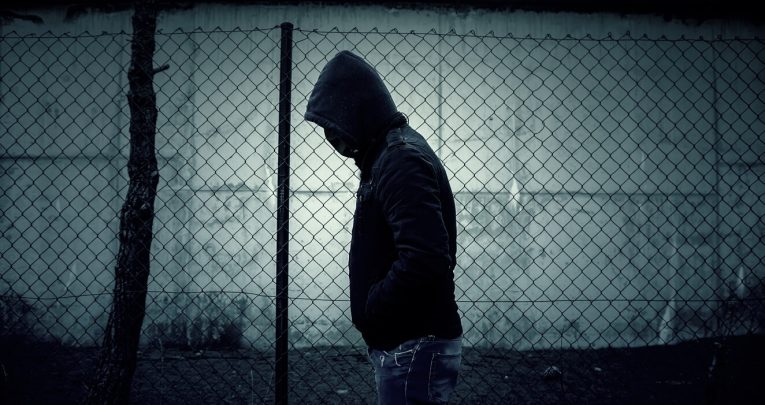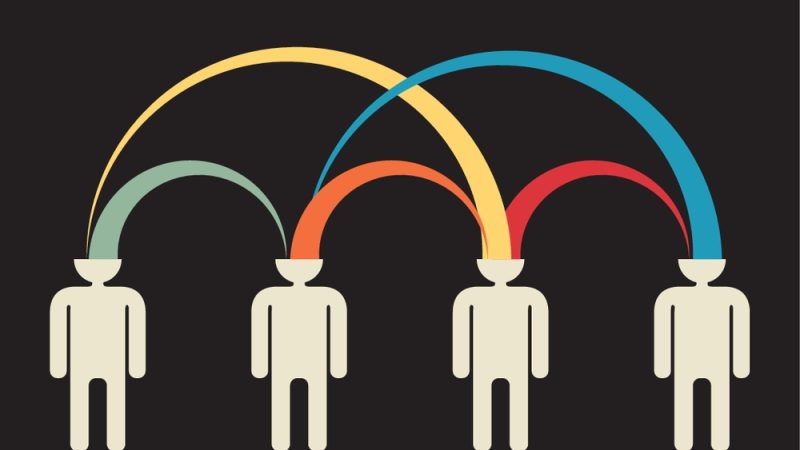Youth crime, inequality – and why schools can help to break the cycle

Seema Dosaj considers the role schools can play in helping to reduce crime rates amongst teenagers

- by Seema Dosaj

In 2021, 30 teenagers were murdered in London alone. That number constitutes a new peak in incidents of extreme violence amongst young men and women, surpassing the previous equivalent figure of 29, back in 2008.
The government has pledged £780 million for the purpose of addressing gang crime and county lines issues in England, as part of a 10-year strategy – but is that money being targeted appropriately so that it can have a lasting impact? And what, if anything, can educational institutions be doing to help these efforts?
Driving factors
Many will unthinkingly absorb the stereotype that drugs and crime tend to only affect the lives of young people from poor, low-income families in urban areas, but that’s far from the case. The drivers of youth crime are factors that can ultimately affect all families, regardless of background or location.
A mental health condition, a troubled home life, a history of exclusion from school – these and other related issues can be directly responsible for young people becoming involved in criminality, and the drug trade in particular. With the advent of social media the reach of gangs is arguably greater than ever, since they can now directly target vulnerable young people for recruitment.
And yet, there have been numerous funding cuts in recent years to schools and other vital institutions, such as youth centres – crucial spaces that give young people of all backgrounds opportunities to feel safe, and to learn from role models with a strong set of core values.
If these cuts persist, we’ll see more young people lose opportunities for education and work, feel further excluded from society and become more likely to find themselves caught up in criminal activity. As they grow up and go on to have children of their own, this lack of youth provision will increase the chances of them experiencing the same cycle as their parents. But it’s a cycle that can be broken.
Appropriate funding for educational and social institutions serving young people will ensure they’re given spaces in which they can feel safe and better included within society. The teaching of good morals will reduce the impact of youth bullying and mental health issues, and allow us to begin formulating a new cycle, in which today’s younger generation grow up to become adults with jobs and a means of contributing to society – values which they will in turn pass on to their own children.
Reducing the rates
There are multiple ways in which the government can go about making this a reality. One option would be to do more to decrease poverty. As noted above, any young person can be influenced into gang and criminal activities, but the worst affected demographic still remains those from poorer households.
Increasing the income received by these families will afford them access to more forms of support within their local community, such as local clubs and extracurricular activities, which can give young people the chance to discover their true passions and fill their time in ways that keep them away from the criminal world. Increasing funding for schools and educational services could also help reduce crime rates amongst young people. With greater resources at their disposal, schools can do more to educate young people on how to identify grooming techniques, and how to respond if their friends or peers become involved with criminal activity.
Of course, this form of activity within schools can only go so far, given the time available to them. That’s why it’s similarly important to fund other services, such as youth centres. These can provide young people with important sources of support, at times when they might feel unable to approach a parent or teacher, and can also serve as safe havens for young people with unhappy or unsafe home lives.
Seema Dosaj is a managing partner at Berris Law; for more information, visit berrislaw.co.uk or follow @LawBerris






